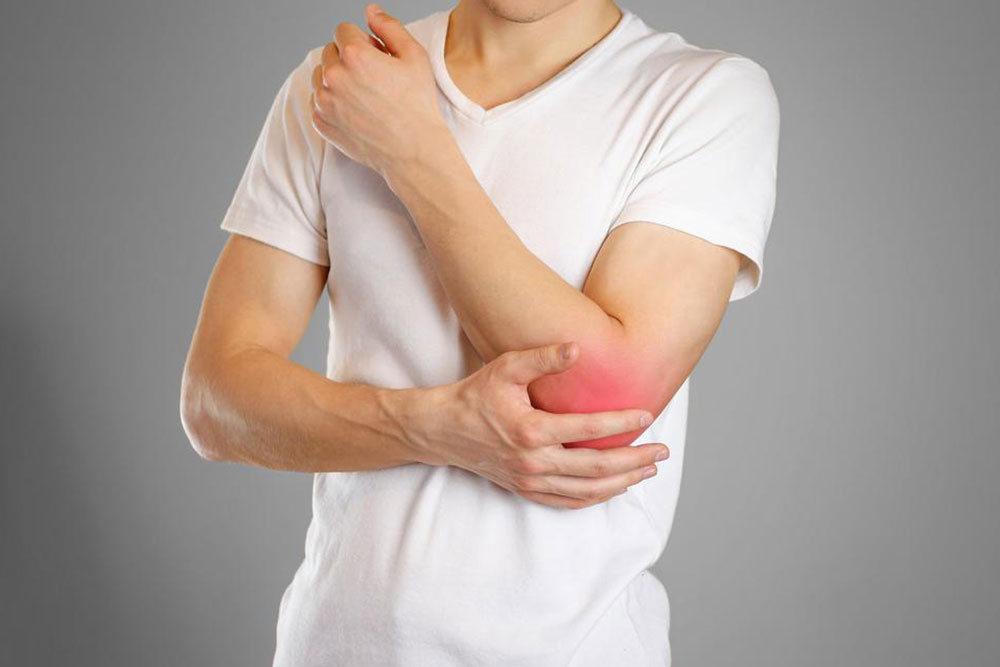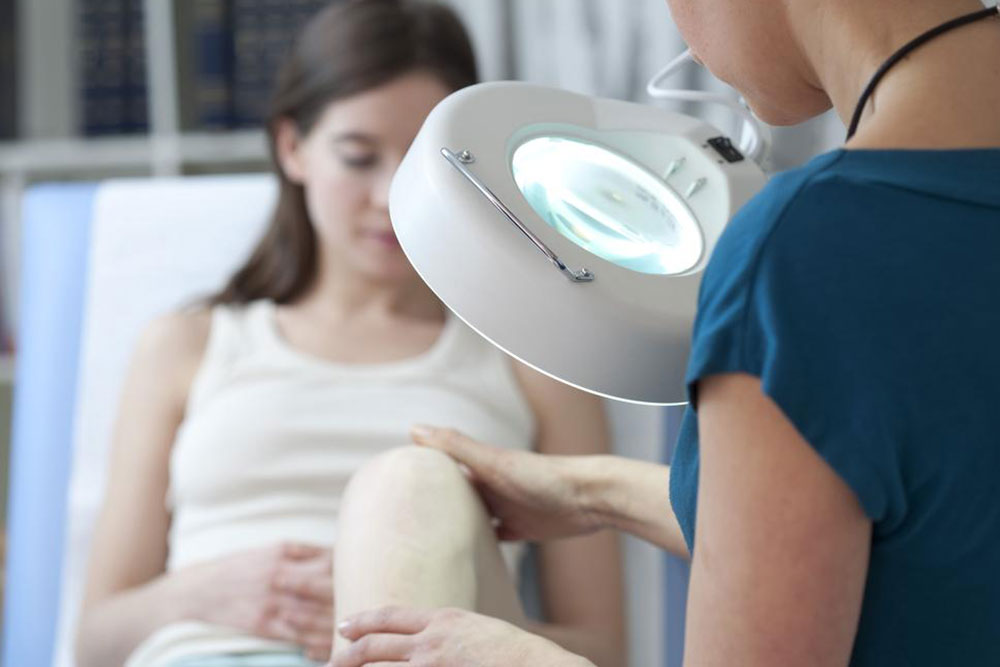Bursitis Overview: Causes, Types, and Effective Treatment Options
This article provides a comprehensive overview of bursitis, including its causes, common types like olecranon and trochanteric bursitis, and effective treatment options. It emphasizes the importance of proper diagnosis, medical intervention, and targeted exercises, such as hip bridges and elbow stretches, to manage symptoms and promote joint health. Suitable for individuals experiencing joint pain and swelling, the guide offers practical advice for home care and physical activity to support recovery.

Bursitis leads to joint discomfort and swelling, impacting about 1 in every 10,000 individuals each year. Infections are a common cause, particularly among middle-aged men. Proper diagnosis is crucial to assess severity and guide appropriate treatments and exercises to alleviate pain and reduce swelling.
What Are Bursae?
These small, fluid-filled sacs are located around joints between bones, tendons, muscles, and skin. They function to minimize friction and facilitate smooth joint movement.
Inflamed bursae resulting from bursitis cause pain, swelling, redness, and limited movement. Symptoms also include joint stiffness and thickening of the bursae, which can hinder daily activities. Bursitis is classified based on affected areas, with common types including:
Olecranon Bursitis
Targeting the bursae at the elbow tip, this type causes elbow pain and restricts movement, often due to prolonged resting on hard surfaces or injuries.
Trochanteric Bursitis
Involving the hip, this condition develops gradually and may be linked to arthritis, resulting in hip pain. It can be triggered by injuries, sustained pressure, or poor posture.
Effective management includes rest, ice application, pain relief medications, corticosteroid injections, or in severe cases, surgical removal of affected bursae. Treatment approaches depend on whether bursitis affects the hip, elbow, or knee.
Home Exercises to Relieve Bursitis
Engaging in specific physical activities can support medical therapies in reducing bursitis symptoms. Here are some exercises targeting hip and elbow bursitis:
Hip Bridge
Lie on your back with feet flat on the ground. Lift your hips by pressing into your heels, engaging your glutes and hamstrings. Lower slowly and repeat to strengthen hip muscles and improve stability.
Lying Leg Circles
While lying on your back, lift one leg slightly and move it in circular motions, keeping the leg straight. Switch legs and repeat to enhance flexibility and joint mobility.
Elbow Extension
Sit comfortably, rest your arm on your thigh, and gently straighten the elbow, supporting your wrist. Return to starting position and repeat to boost joint movement.
Elbow Flexion Stretch
Bend your affected arm at the elbow with your palm facing your face. Use your other hand to gently pull the palm closer, holding for about 30 seconds. Repeat after feeling the stretch, following professional advice for safe practice.


